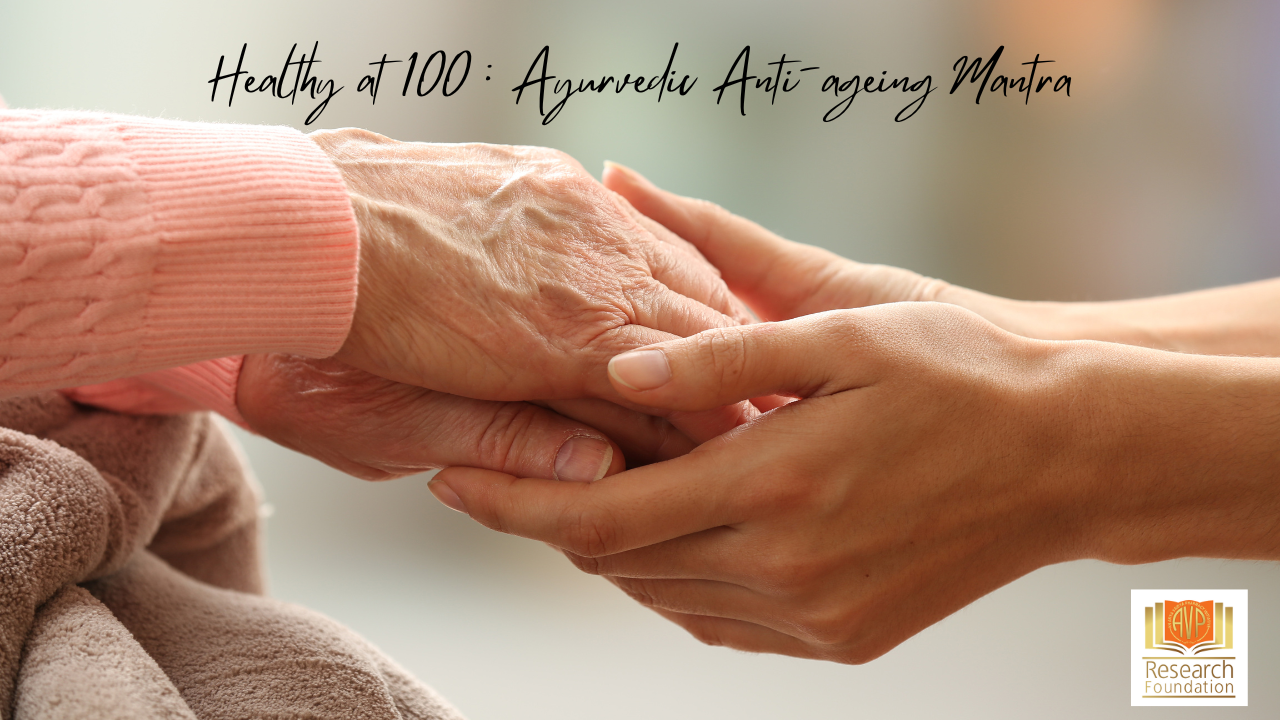In the beauty, health, and wellness sector, the link between Ayurveda, anti-aging, and cosmeceuticals is gaining traction. The origins of Ayurvedic cosmeceuticals or, in short, ayurvedic anti-aging treatment may be traced back to the Indus Valley Civilization. Vayasthapana (age-defying), Varnya (brighten skin-glow), Sandhaniya (cell regeneration), Vranaropana (healing), Tvachya (nurturing), Shothahara (anti-inflammatory), Tvachagnivardhani (strengthening skin metabolism), and Tvagrasayana(retarding aging) are some of the anti-aging concepts mentioned in Ayurveda. The use of cosmetics was aimed not just at improving one's exterior beauty but also at obtaining longevity and good health. In ancient India, there was evidence of highly refined self-beautification notions and a wide range of cosmetics used by men and women. Many of these customs were seasonal (Rutus) and were discreetly intertwined with daily life (Dinacharya). Natural materials were used to create the entire gamut of aesthetic products.
The Ayurvedic anti-aging treatment encompasses numerous formulas, including herbs and other natural substances that make up the regular skincare practice outlined in ancient Ayurvedic literature. The therapy includes herbal packs, oils, medicated water, powders, and more, ultimately healing and beautifying the skin. Apart from this, herbal extracts, fruit extracts, and essential oils are increasingly being employed in our anti-aging medications, dietary supplements, and personal care products. The Ayurvedic anti-aging treatment offers ageless, smooth, and hydrated skin, restoring it to a vibrant and healthy appearance. Ayurveda provides a wealth of information on anti-aging principles, skincare, and anti-aging herbs, which is now aiding in developing novel anti-aging cosmeceuticals using natural components for topical applications.
The process of ayurvedic anti-aging treatment, apart from treating externally, works internally too. Skin health and youthfulness are determined by a variety of variables, according to Ayurveda. These include optimal moisture balance (Kapha in balance), efficient blood and nutrient circulation to the different layers of the skin (Vata in balance) and effective metabolic processes that coordinate all of the skin's numerous chemical and hormonal reactions (Pitta in balance). The skin reflects the health of the following three dhatus (types of bodily tissue): nutritive fluid (Rasa), blood (Rakta), and muscle (Mamsa). Rasa promotes the health of all bodily tissues, particularly the skin; Rakta, in conjunction with liver function, aids in the detoxification of toxins from the skin; and Mamsa gives the skin its rigidity. All three of these regions will be treated to restore it to its optimal balance in Ayurvedic anti-aging treatment procedures. Urjaskara (promotive) and Vyadhihara (curative) are two forms of anti-aging treatments primarily followed here at AVPRF Specialty Clinic in Coimbatore.
Contact the AVPRF Speciality clinic or visit our website today to know more about the anti-aging treatments, types, and outcomes.

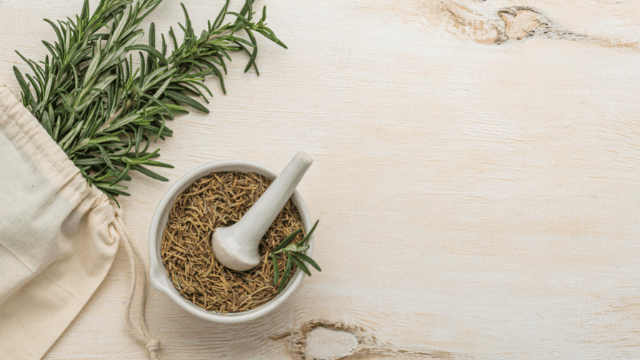
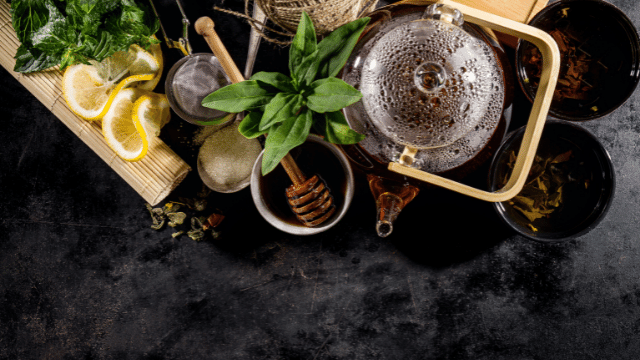
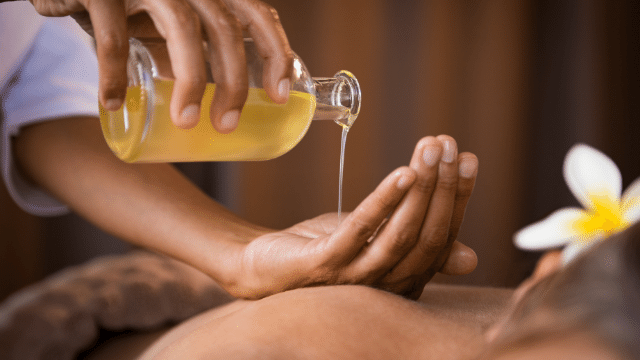
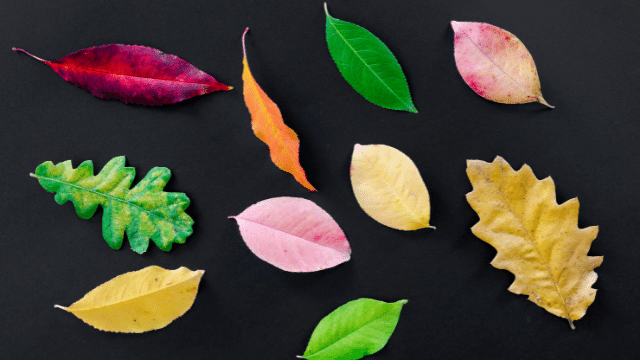
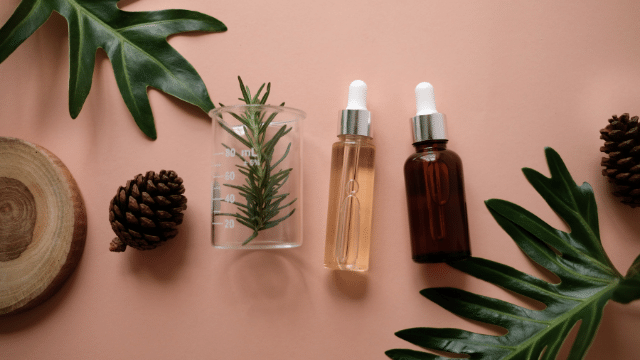



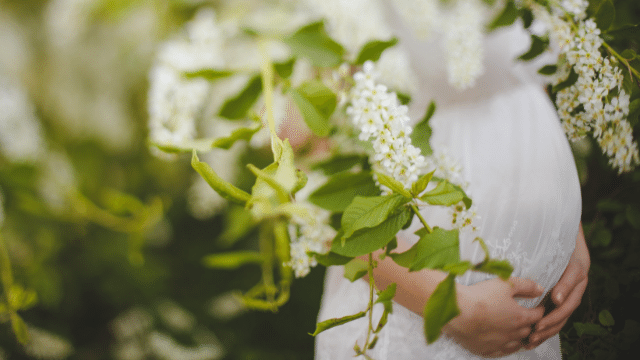
.png)
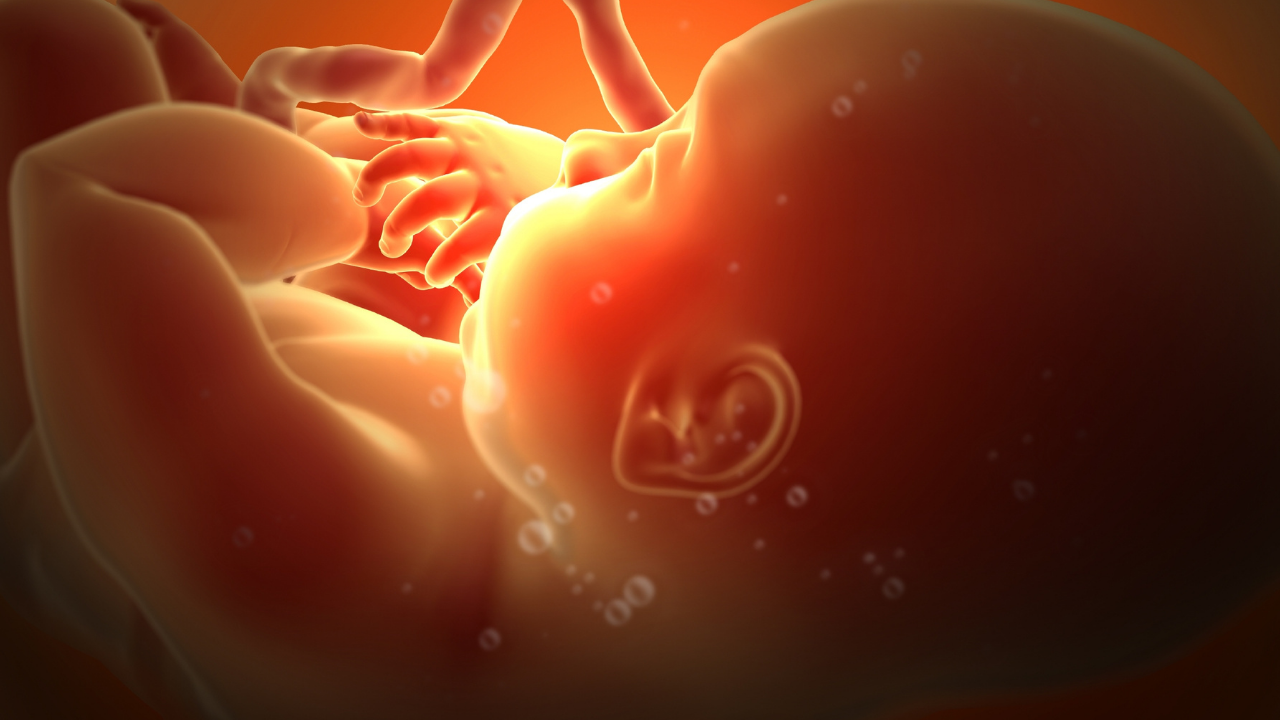
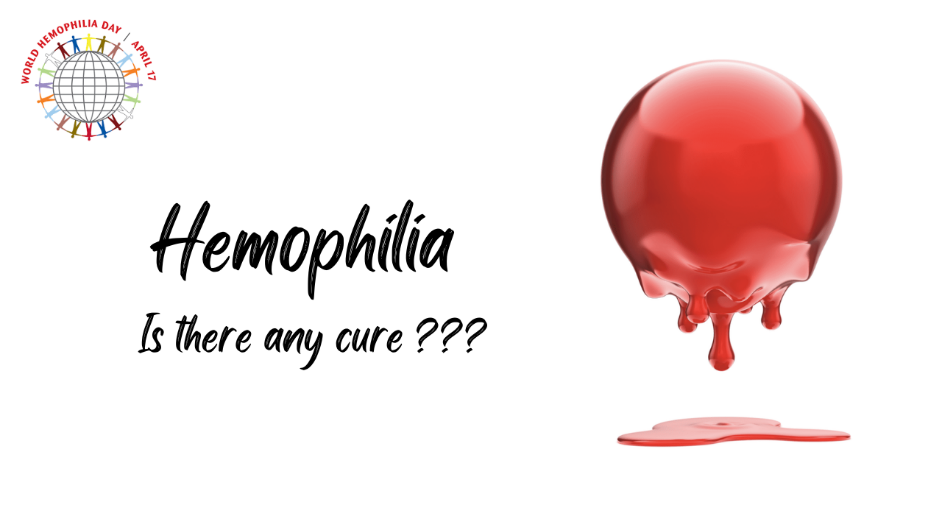
.png)
.png)
.png)
.png)
.png)
